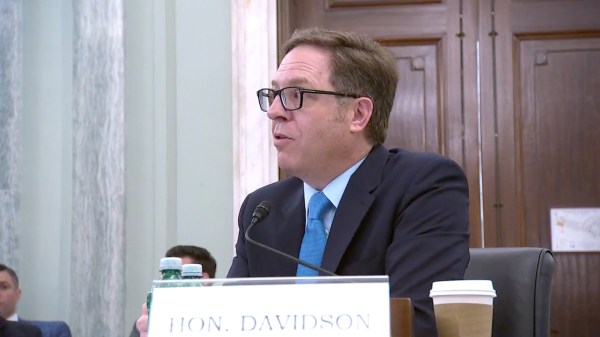
A search for the most connected communities in America reveals a common story acrossan otherwise diverse group of states, counties and cities: Even the best have a long way to go.
There are a handful of states, counties and cities that are leading on broadband, but there are only afew places anyone can point to as examples worth emulating. Many leading communities only achieve high levels of connectivity through exceptional circumstances federal funding, by the grace of Google Fiber, or simply a continuation of the good economic fortune that so frequently finds small, affluent, culturally homogeneous communities the world over.
A complex issue is made more complex by attempting even to establish what connectivity means. Planting cables in the ground isn’t enough to get connected the regulatory environment and economy need first to support investment, competition must drive affordable prices that encourage adoption, people and businesses need to know how to use computers and the internet in the first place, and someone in the whole equation needs to be planning for the future, because today’s most well-connected communities won’t necessarily stay that way.
If there’s a single outcome of this study, it’s that when it comes to broadband, there are no definitive answers. This data is meant to serve as a conversation starter, a reference point for further study, and a catalyst for improvement. In the digital age, fewer assets could be more important to a country than its digital backbone, and yet America’s remains disjointed,despite its rapid growth.
And American broadband is getting faster. The median broadband speed in the U.S.quadrupledbetween 2011 and 2015. In 2016,speeds roseanother 22 percent to 39 Mbps. Cities like Lafayette, Louisiana, and Chattanooga, Tennessee, provide their populations with uniform access and blazing speeds. But many around the country are still left behind.
Ten percent of all Americans 34 million people lack accessto broadband. And rural Americans are even worse off, with 39 percent 23 million people lacking access. Availability in high schools is growing, but still 41 percent of schools, or 47 percent of students, lack connectivity.
The digital divide is a huge challenge not onlybecause it’s tied to social issues that politicians have been arguing about since the beginning of time, but also becauseit’s a moving target. In 2015,the FCC raisedthe benchmark criteria for broadband from a download speed of 4 Mpbs to 25 Mpbs to better reflect the public’s understanding of what high-speed access has come to mean. Storage media and video display resolutionswill continue to expand, which means that what’s considered a fast connection today may not be so fast tomorrow.
As an Internet of Things increasingly pervades daily life, those digitally divided are further pried apart. A connected citizen is no longer a person with just an internet connection, but one with a smartphone, a connected car, a wearable health device, or a connected home. Machina Researchpredictedthe number of IoT devices will grow to 27 billion by 2025.
Broadband finds influences from private industry and policy at all levels of government. At the state level, StateScoop found no single trait that led to success or failure, but a common constellation of attributes did emerge.






